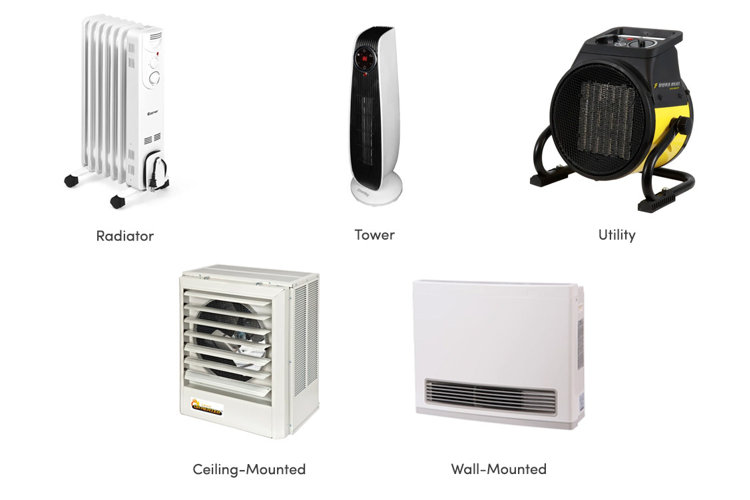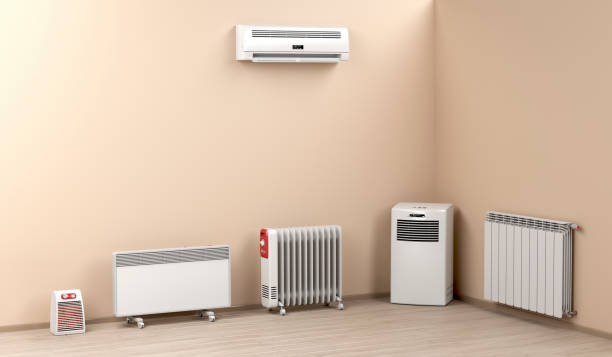The 9-Minute Rule for 1 Source Portable Air
The 9-Minute Rule for 1 Source Portable Air
Blog Article
An Unbiased View of 1 Source Portable Air
Table of ContentsEverything about 1 Source Portable AirIndicators on 1 Source Portable Air You Need To KnowThe Buzz on 1 Source Portable AirLittle Known Facts About 1 Source Portable Air.The Ultimate Guide To 1 Source Portable Air
Running expenses are based on an electrical power price of 40c/kWh. The costs for 3 months' usage in winter months are based on 500 hours use, or about 6 hours each day for three months. Optimum warm output is based upon the maximum electrical power of the designs we've examined (we concentrate on greater power level heaters).
On standard, small fan heating systems are less pricey to buy, however can have greater running expenses. Oil column heating systems will be the least expensive on the market to run (on standard) however just by a narrow margin ahead of convection heating systems (like panel and micathermic panels).
The smart Trick of 1 Source Portable Air That Nobody is Discussing
If you have a reversible ceiling fan, it'll help disperse the heat around the area extra equally. A number of costly heating systems have actually stopped working to thrill our testers, while some less expensive designs make for surprisingly good buys.
As the name recommends, they radiate heat from a heated home heating aspect (so the household will have to take turns sitting in front of it). Glowing heating units are relatively inexpensive.
Radiant heating systems generally set you back in between $20 and $200. Oil-filled column heating units do not actually shed oil they make use of electricity to heat up the oil that's secured inside their columns or 'fins'.
The Greatest Guide To 1 Source Portable Air
Some column heating systems aren't also oil-filled yet rather make use of various other material or heating technology to function similarly - 1 Source Portable Air. The danger of fire with an oil column heating unit is low contrasted to various other heating system kinds, yet never ever absolutely no. Oil heating systems do not have actually revealed components like glowing heating systems do, and their surface temperature is lower than numerous other heater types (their large area makes up for it)
Oil column heaters won't take off, and while they do not melt their oil to create warmth, it's still combustible, so there is a fire threat if the oil leakages, if the heating system topple and leakages, or if flammable items or material come right into contact or fall on the heater. You should work out the very same i thought about this level of care with oil heating units as for other heating system kinds, and never hang towels or clothing over one to dry them use a drying out shelf instead, a minimum of one metre away.
Column heating systems are specifically beneficial in rooms where they'll be activated for extended periods of time or where they'll operate unattended, such as over night in a bed have a peek at these guys room. The surfaces you're most likely to discuss a column heater do not get as hot as various other types of electrical heating units. You can use a ceiling follower on extremely low rate to help the column heater to disperse the heat much faster and a lot more evenly.
Oil-filled column heating units normally cost between $50 and $450. Convection and panel heating units attract cold air over an electric heating component.
Not known Factual Statements About 1 Source Portable Air

Convection and panel heating systems are more portable than their oil-filled column heater counterparts because they're considerably lighter. They'll heat the air in a room evenly and rapidly. Like a column heater, you can use a ceiling fan on really reduced rate to disperse the warm quicker and much more evenly. Some models, particularly panel heating systems, are comparatively pricey to acquire.

The Main Principles Of 1 Source Portable Air
Fan heating systems are commonly smaller and extra portable than various other electric heating systems. They also can be found in the form of tower follower heaters, which can be much better for distributing warmth around bigger areas as a result of their taller account. They can heat the air in a space extra swiftly, uniformly and promptly than some other heating system types.
Follower heaters (ceramic or otherwise) typically expense in between $60 and $900. Ceramic follower heating systems aren't necessarily any various in cost to non-ceramic versions.
Report this page